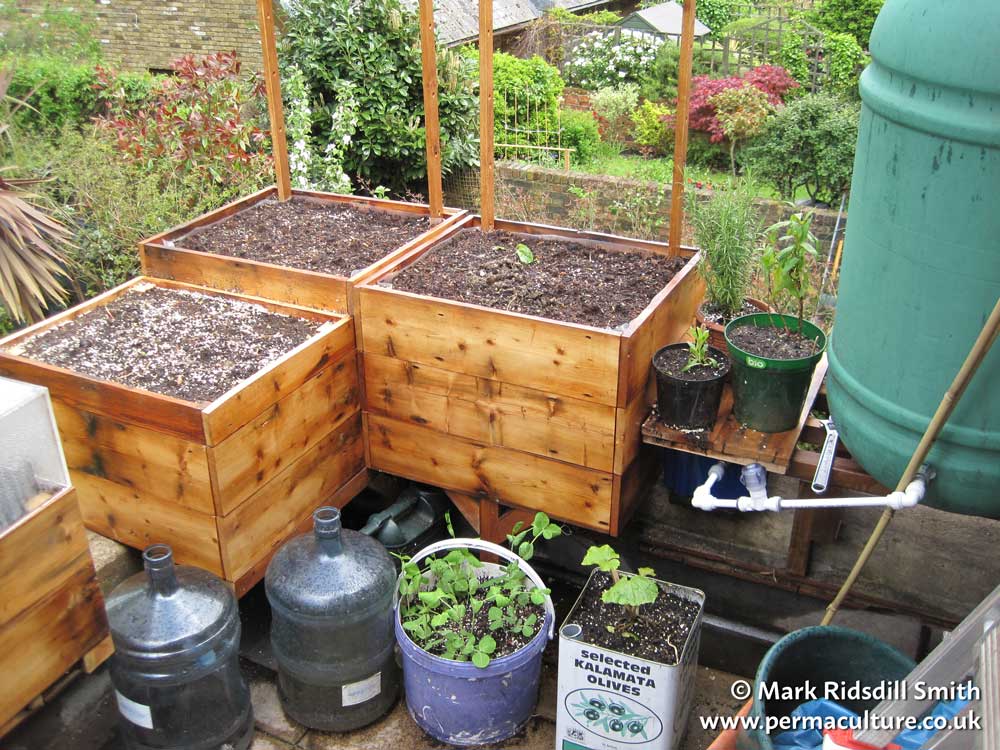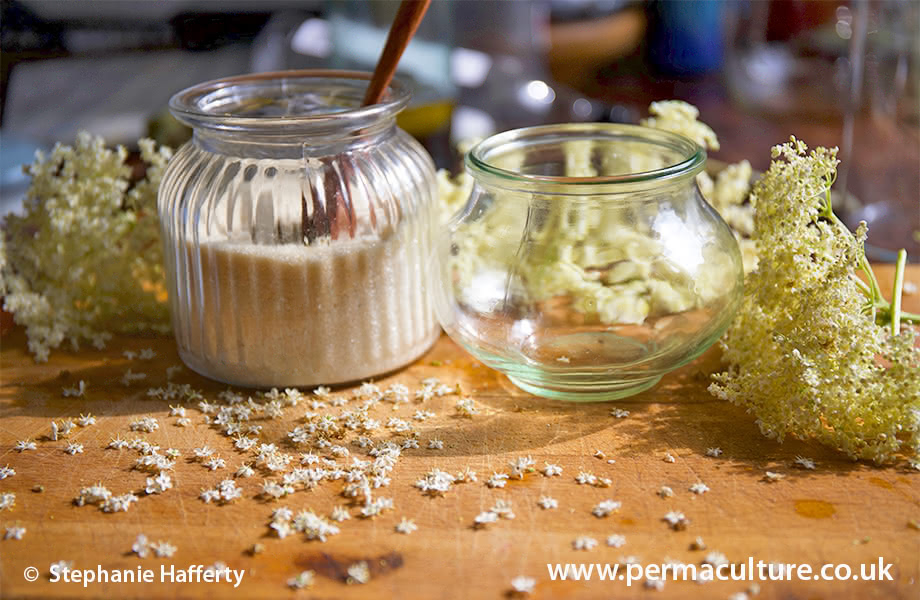I can’t think of nicer company for a walk in the countryside than Patrick Whitefield, permaculture teacher of 25 years, author and enthusiastic observer and historian.
He has rewritten The Living Landscape (2009) and got much more than a second edition. How to Read the Landscape is a much tighter and better organised book, concentrating the important stuff into a more concise and accessible volume with clear and colourful photos, diagrams and extracts from his notebooks integrated into the text.
All that you need to enjoy this book is a sense of wonder. What do you see when you look at a hedge? For Patrick, “It’s a living thread that connects my world with the world of the people who planted it. It gets me wondering about them. Who were they? Why did they plant it? What tools did they use? What clothes did they wear?”
The teacher in Patrick comes through as he simplifies things to make them comprehensible, while reminding us of the complexities. He explains patterns, then goes on to show how and why these ‘rules’ get broken. “Reading a wood can sometimes be easy and sometimes rather puzzling,” but, with an arm around our shoulders, “if you come across a stand that is as hard to read as this one, don’t be downhearted – it had me foxed too.”
He writes well, often delving into academic detail but always as if he’s explaining things to you in a chat over a mug of tea. For all the meticulous detail and diversity of material, it’s easy reading, always enthusiastic, often humorous and with a touch of poetry about it at times, which makes you want to head outside and go for a walk and start discovering. He doesn’t speculate, however, and sticks to what he knows.
The book is well organised thematically and, while it deserves reading from cover to cover, and re-reading, it is a book easily dipped into if you just want to brush up on one aspect, such as hedges, heathland or how to recognise the signs of wild animals. If you’re really in a hurry, turn to the end of each section for a summary of the important points.
If you want to learn why Hampstead Heath remains as an oasis in such a densely populated city as London, why the country is wetter in the northwest, or why molehills are good news, this is the book for you.
It’s not pocket-sized: Patrick suggests that it’s a book “to be read at home. It’s very much a book to enable the reader to understand how landscapes work and then go out and observe for themselves.”
You’ll soon be rubbing little balls of soil between your fingers feeling for sand and clay. You’ll look at the shape of field boundaries with renewed interest. When you spot some wild thyme growing just on the south side of a molehill, you’ll understand why, and you’ll learn how the pattern of snowfall on your land can tell you what to plant where. Contrary to what you might first assume, you’ll understand why controlled burning is better than a wildfire for heather, why cattle and horses can increase the biodiversity of this ecosystem and how, “Curiously, controlled grazing in fields is closer to the way wild animals behave than the uncontrolled grazing on the common.”
This book is the next best thing to Patrick joining you on your next walk. It will make you a better permaculture designer and your walks, either in town or country, more rewarding. Patrick has published many books over the last 23 years but this one is special: “Of all my books,” Patrick says, “it’s closest to my heart.”
Permaculture /Growing Vegetables 'The art of companion planting and watering' Patrick Whitefield
Stuart Anderson, with his wife Gabrielle, live on a 1.2 hectare permaculture smallholding in France. Stuart regularly contributes to Permaculture magazine.











